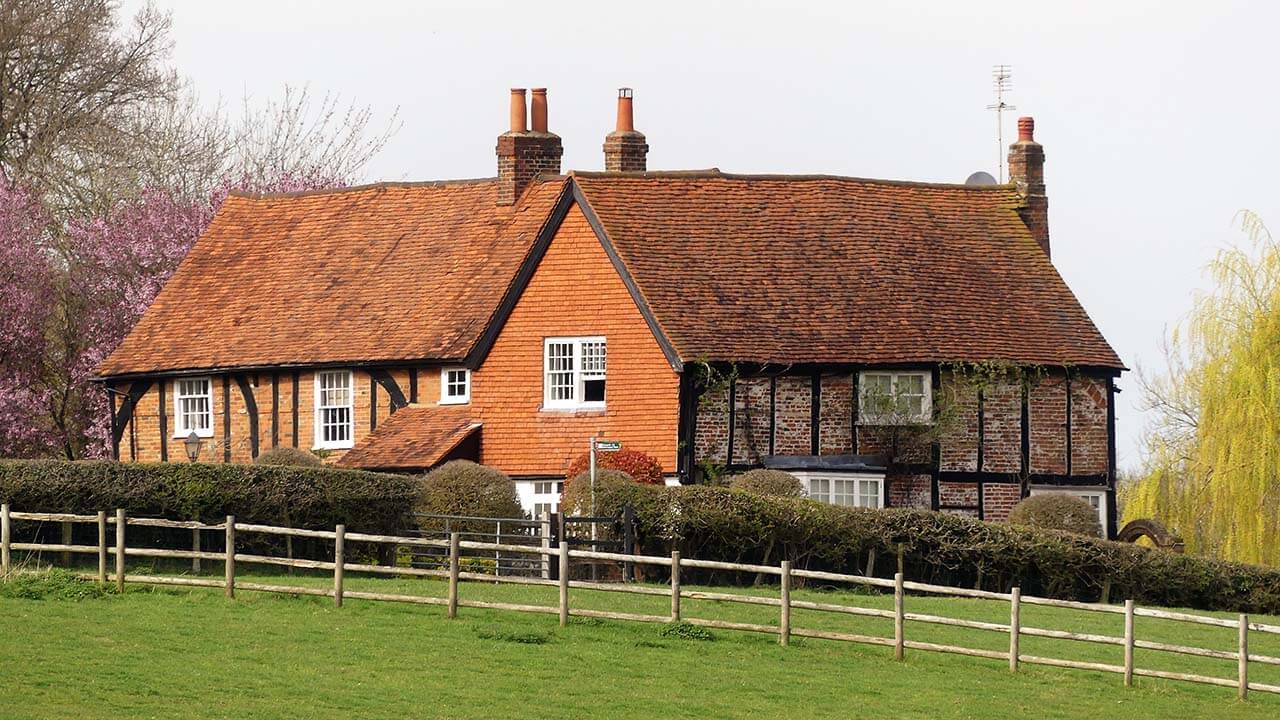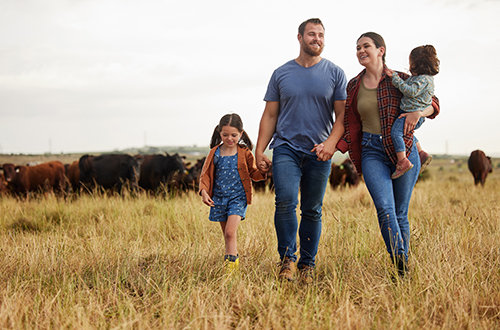A common issue when an asset is used for both business and non-business purposes is to what extent is VAT incurred on that asset reclaimable (if at all)?
This is because the general principle is that VAT can be reclaimed where it had been incurred by the VAT registered business in making (taxable) business supplies.
Many years ago, when HMRC (or HMC&E as it was then) used to engage with the taxpayers or their sector representatives, an agreement was struck between them and the NFU. Like most terms and conditions these days the details are not often considered before a claim is made, but to prevent HMRC looking to reject claims and possibly impose penalties the details need to be understood.
The internal guidance is quite generous in its views, setting out that where there is a dominant business use the VAT recovery rate can be as high as 70%, for repair and maintenance costs, but there are, of course conditions attached.
-
The property must be a “typical working farmhouse” (which isn’t then defined),
-
The business is involved in full time farming activity, and
-
The works are repairs or maintenance in nature
Where the conditions are not met, HMRC would expect VAT recoveries to be much lower (10% to 40%), or possibly no reclaim at all.
The outcomes can be vastly different (both in a good or a bad way) if the occupants of the property are employees of the business; or directors (or connected persons of the directors) of a company.
Although HMRC’s internal guidance sets out that each case must be judged on its merits it does indicate what recovery rates could be expected.
For example, where the business is not full time farming HMRC would expect recoveries to be in the region of 10% to 30%. This poses the question of whether HMRC would look to impose this where the farming business has diversified to the point that it’s not seen as being a full-time farming business?
Where the works are for the alteration or improvement of existing facilities then they do not expect a recovery rate more than 40%, compared to the 70% recovery repair and maintenance. This shows that the dividing line between “alteration or improvement” and “repair and maintenance” should be carefully drawn.
If the works are significant enough (over £250,000) they can mean that the farmhouse can become a capital good under the Capital Goods Scheme. Anyone intending to spend this amount should contact us for advice.
This article is from the latest edition of our Agricultural Briefing. To receive future copies of any of our newsletters directly to your inbox, please visit our preference centre to register your interest.
If you have any questions about the above, or would like more information specific to your circumstances, please enter your email address below and we will get in touch:













